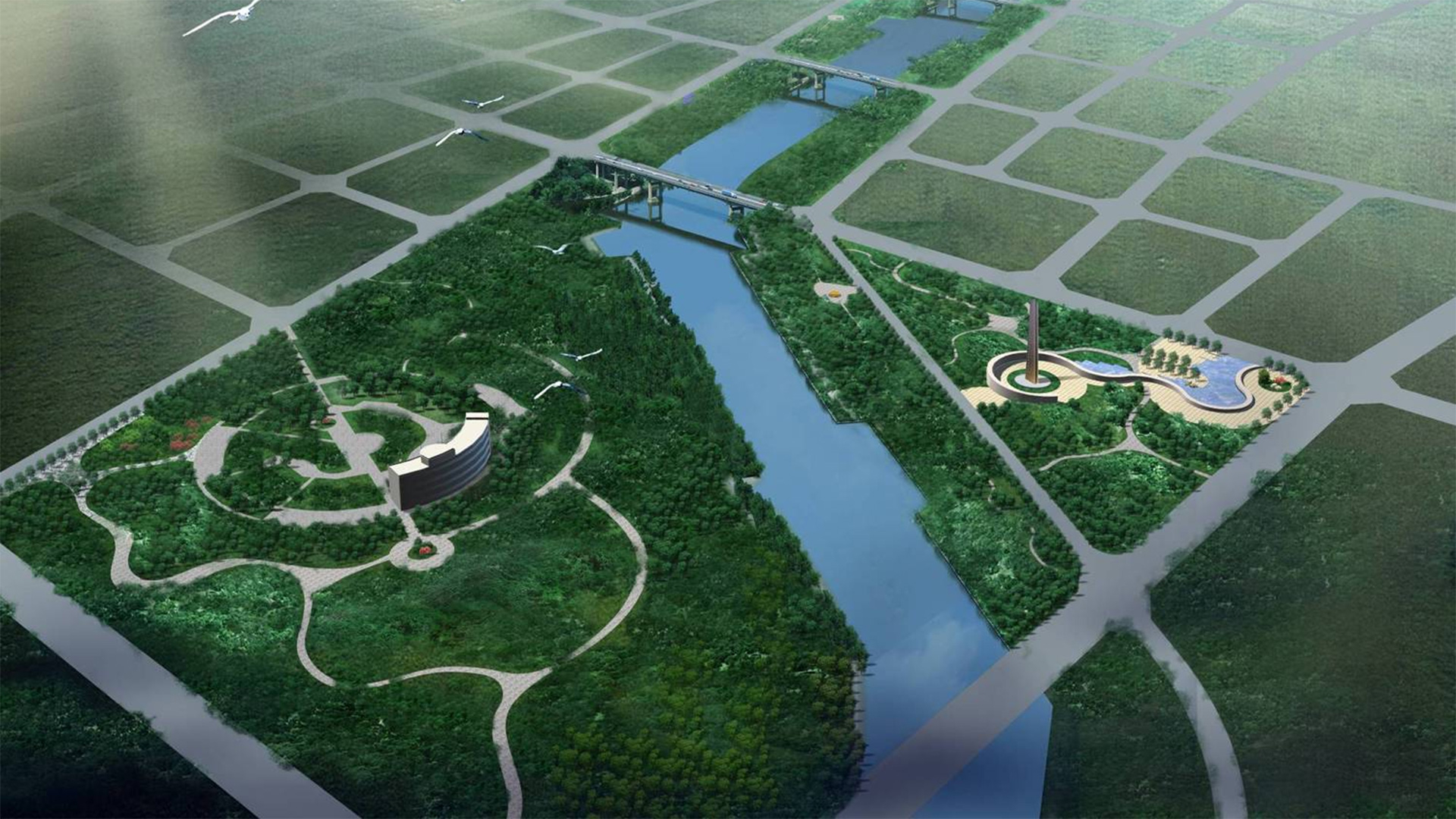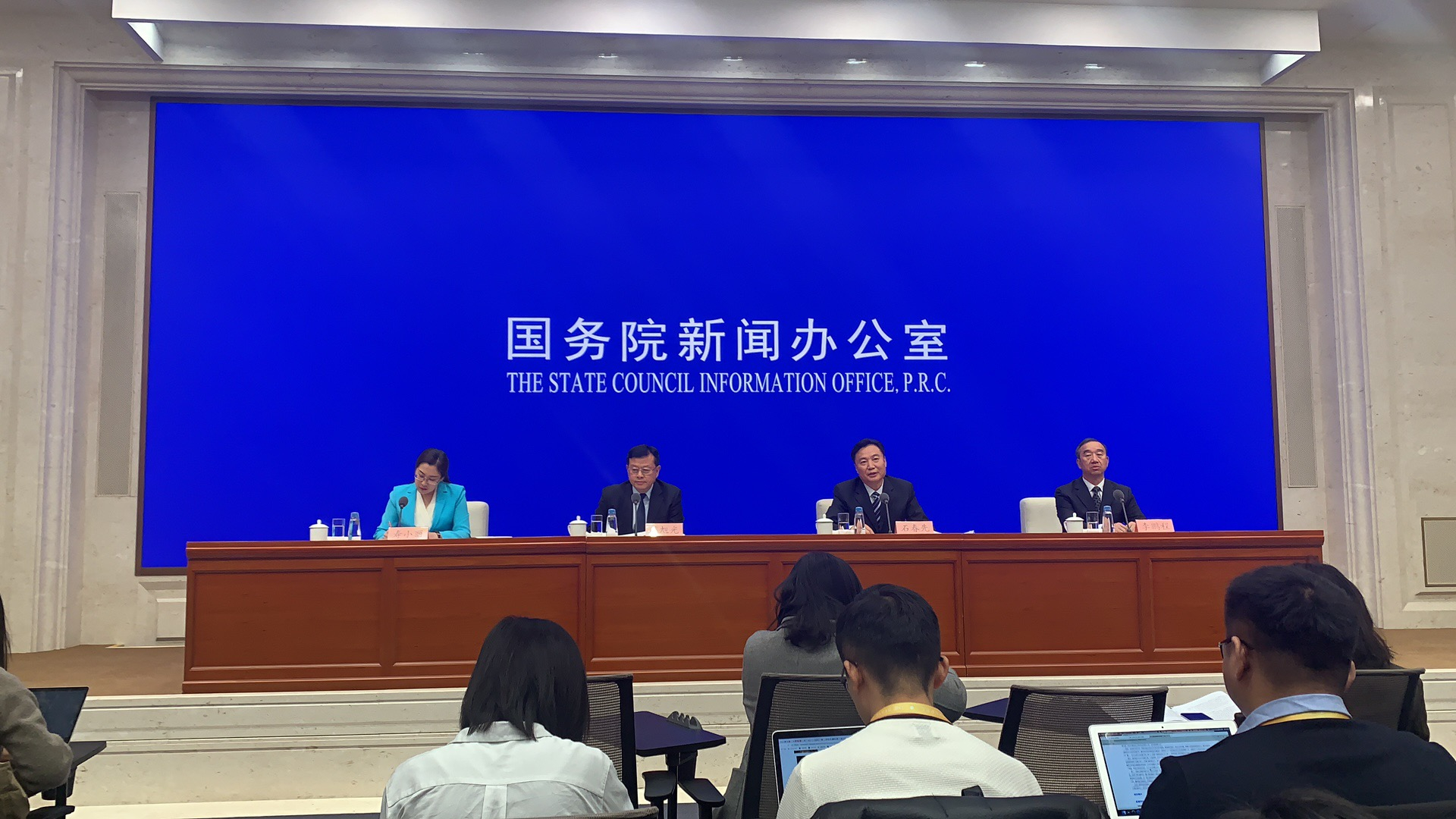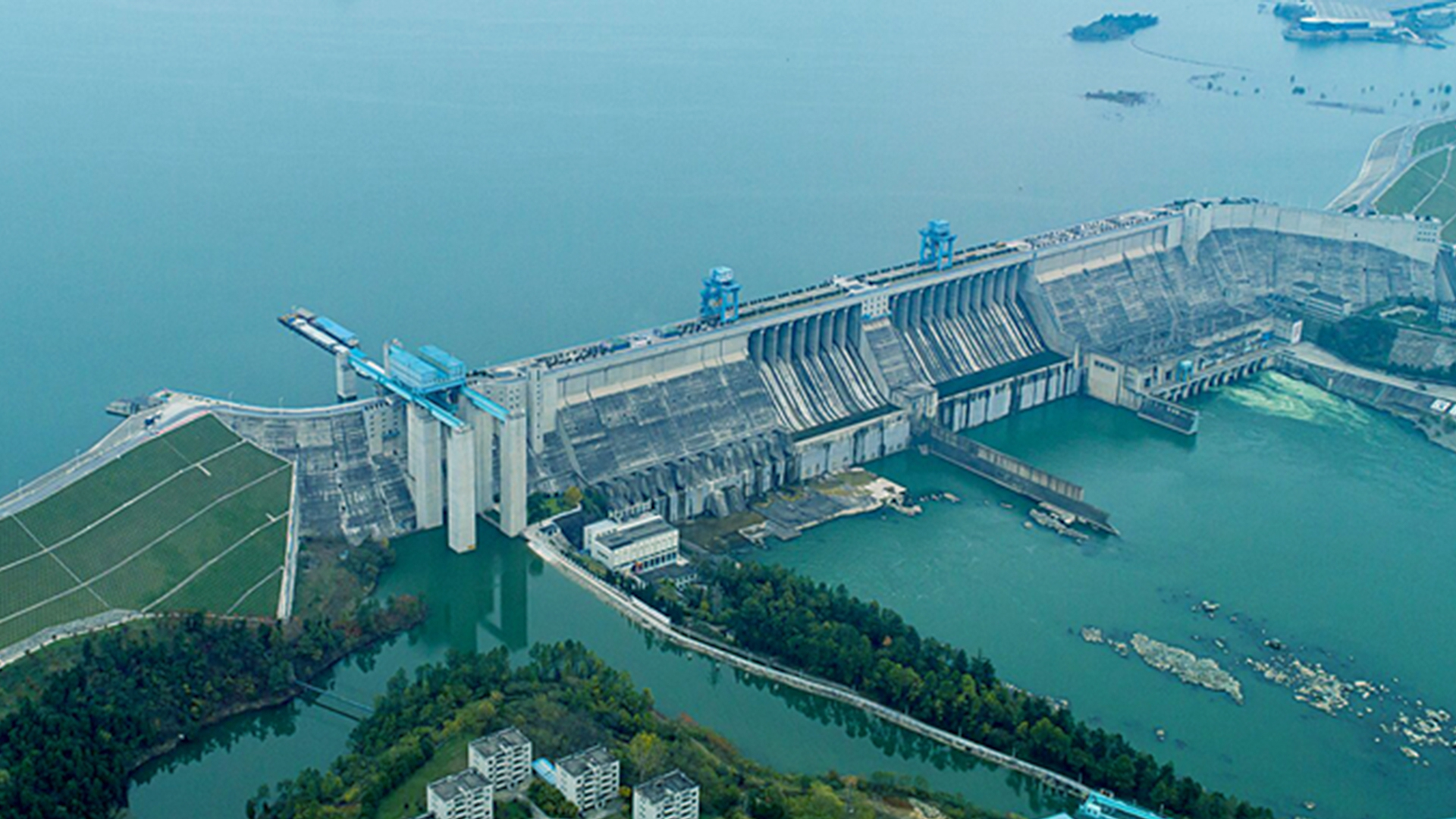01:49

It's the fifth anniversary of one of the world's most environment-friendly mega-projects. In five years, 30 billion cubic meters of water have been diverted from the fertile and moist southern Chinese regions to the dry, arid north.
The Chinese Water Resources Ministry says the South-to-North Water Diversion Project has helped rebalance the nation's uneven distribution of water resources and directly benefited 120 million people over the last 12 years.

The Ministry of Water Resources of the People's Republic of China briefs achievements of the first phase of the east and middle routes of the South-to-North Water Diversion Project at a press conference in Beijing on December 12, 2019. /CGTN Photo
The Ministry of Water Resources of the People's Republic of China briefs achievements of the first phase of the east and middle routes of the South-to-North Water Diversion Project at a press conference in Beijing on December 12, 2019. /CGTN Photo
"The South-to-North Water Diversion Project has optimized the allocation of water resources and fostered sustainable economic and social development. It has also improved people's living standards in China," said Jiang Xuguang, vice minister of the Chinese Ministry of Water Resources.
The project was first proposed by former Chinese leader Mao Zedong in 1952. After 50 years of scientific study and meticulous planning, the nation finally launched the grand program in 2002.

China's total water resources are about 281.2 billion cubic meters. Its per capita water resources are 2,109 cubic meters, only 28 percent of the world's per capita volume. /CGTN Photo
China's total water resources are about 281.2 billion cubic meters. Its per capita water resources are 2,109 cubic meters, only 28 percent of the world's per capita volume. /CGTN Photo
In that year, China's State Council approved a master plan, mapping out an overall blueprint for the country's nationwide water network with "four horizontal and three vertical" lines. The three routes connecting the four rivers, namely the Yangtze River, Huai River, Yellow River and Hai River, have aimed to optimize the allocation of water resources and foster sustainable development for people across the nation.
"From design and construction to operation and management, the South-to-North Water Diversion Project has followed the principles of water-saving, pollution control and environmental protection," said Shi Chunxian, director of the ministry's Department of Planning and Programming.
The first phase of both the east and middle routes, which are two of the three major planned channels, became fully operational in 2014. The routes have fed northern cities, for instance, Beijing, over 70 percent of its clean water, from major sources including the Yangtze River. The river has a stunning average annual runoff of about 960 billion cubic meters; however, 94 percent of the water eventually flows to the sea.
Officials of the ministry said the project's five-year operation has proven to be a major achievement, and their next step is to push the numbers higher in phase two, pledging to speed up the follow-up construction to further support China's socio-economic development.